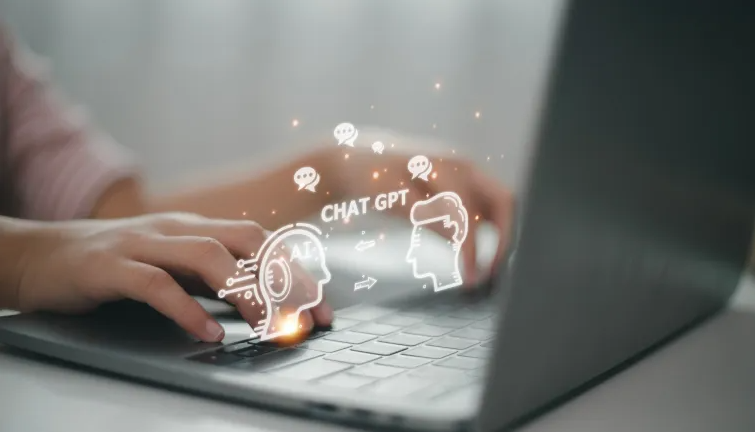
Research on the number of children already using artificial intelligence for their schoolwork is scarce, with previous estimates suggesting that approximately 20% to 50% of students utilize AI tools like GPT Chat for text writing, information retrieval, and text translation.
Education experts argue that there are many opportunities – often underestimated – for teachers, such as assisting in lesson planning, setting exams at varying difficulty levels, and expanding the scope of teaching materials according to students’ performance levels.
However, despite concerns that AI could lead to job displacement in certain sectors, researchers are convinced that artificial intelligence cannot replace a human teacher’s expertise.
Since the initial buzz surrounding GPT Chat in late 2022, chatbots have come a long way. However, these bots still produce texts containing entirely fabricated facts and errors that are hard to detect. The problem is that all responses still appear credible and reliable.
For this reason, students must learn how to evaluate content in terms of quality, accuracy, and trustworthiness. Additionally, they can learn to take control of the process by framing their questions to chatbots more precisely, according to researchers.
This requires critical and analytical thinking, as well as specialized knowledge. Skillful use of artificial intelligence tools and testing them as a new skill are also necessary.
Leave a Reply